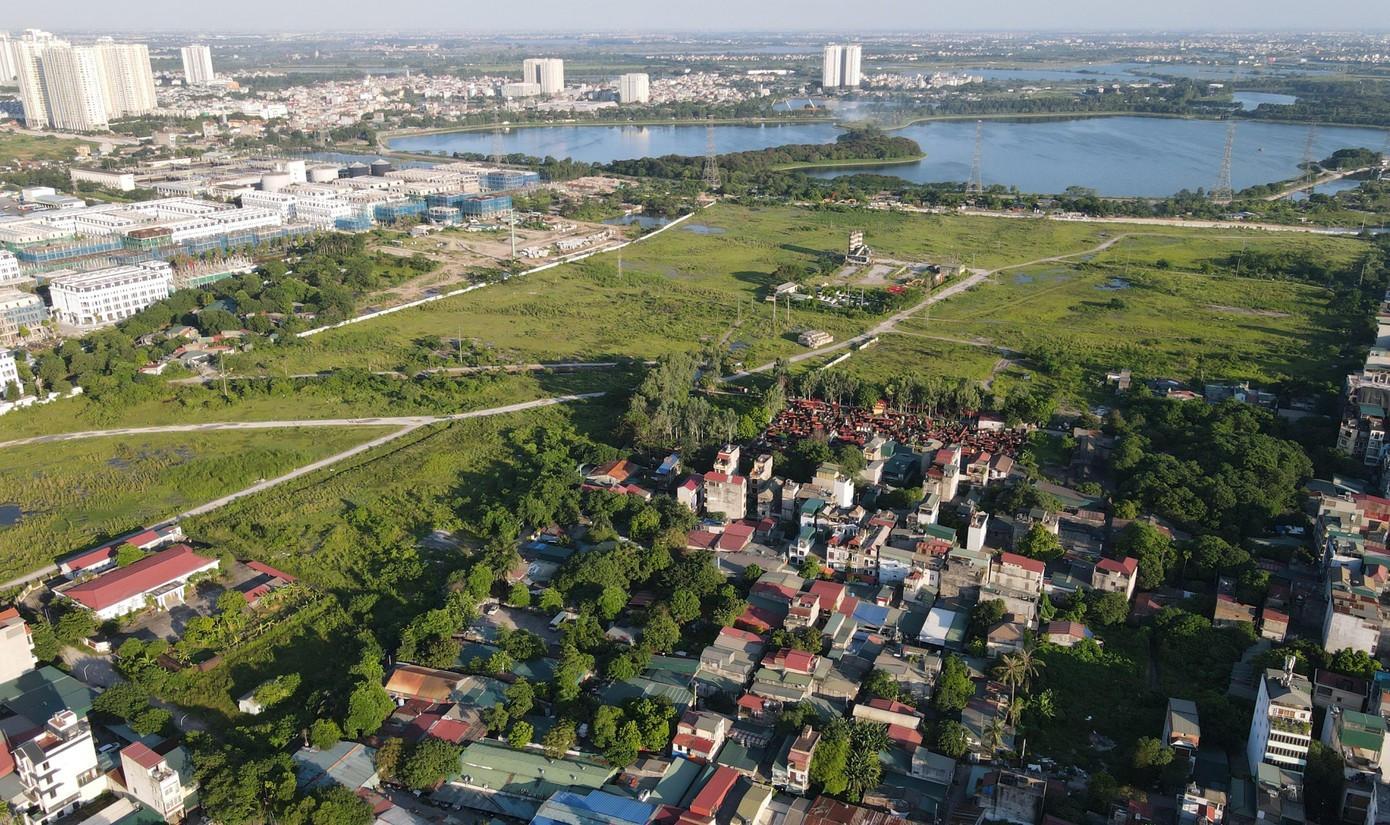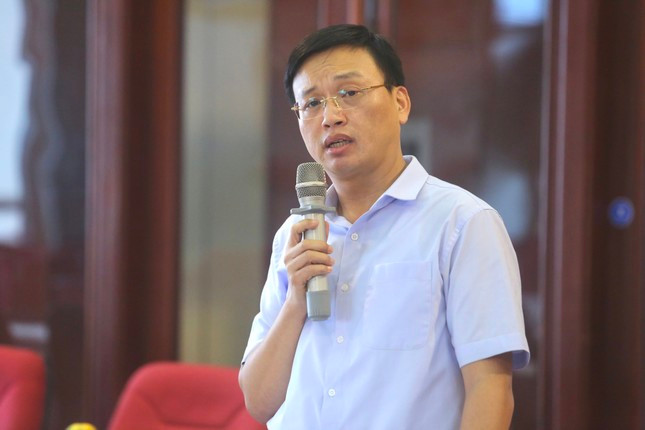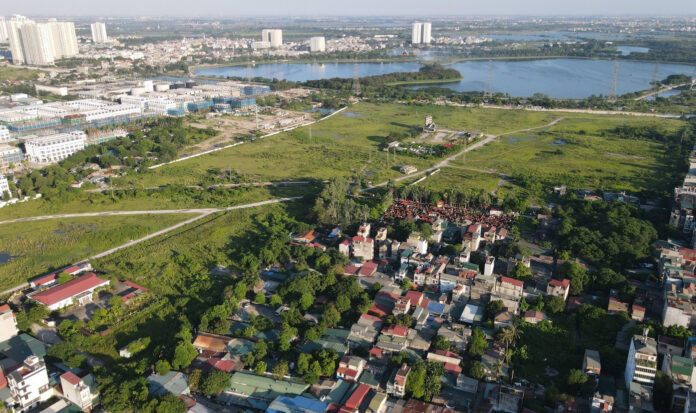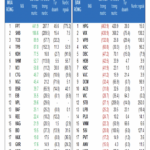Unblocking Stalled Projects
In reality, many real estate projects have been stagnant for years due to incomplete compensation, delays, and the risk of revocation due to obstacles in land clearance (GPMB), even if only a few households disagree.
This issue stems from the current Land Law’s lack of a mechanism to address cases where the investor fails to reach an agreement on compensating for a small remaining land area of the project. This situation leads to “stalled projects,” wasting land resources and slowing down investment progress.

Many real estate projects are stalled for decades due to land clearance issues.
Facing this situation, the Ministry of Agriculture and Environment proposes to add a regulation in the draft amended Land Law, which is currently open for feedback: If an enterprise has agreed with the person whose land use rights are revoked to acquire 75% of the area of land needed for clearance or agrees with over 75% of the number of land users in the project area, the State will support the revocation of the remaining 25% to hand it over or lease it to the investor.
Regarding this proposal, Mr. Le Hoang Chau, Chairman of Ho Chi Minh City Real Estate Association (HoREA), said that this is a breakthrough, ensuring the rights of people whose land is revoked and simultaneously solving legal problems for a series of projects.
According to the Chairman of HoREA, if this proposal is approved by the National Assembly at the 10th session at the end of the year, it will create favorable conditions for land to become a driving force for socio-economic development.
Meanwhile, the investor of a real estate project in Hanoi said that the enterprise has reached a GPMB agreement for more than 90% of the land area but still cannot implement it because some households disagree.
The enterprise representative argued that adding the case of State land revocation in the draft amended Land Law is necessary to unblock real estate projects facing obstacles, stalled projects, release land resources, and create housing supply…
Need to Build Additional Criteria to Avoid Coercion
Dr. Tran Xuan Luong, Vice President of the Institute for Real Estate Market Research and Evaluation, said that this is a reasonable step to solve the situation of “projects waiting for a few households to agree,” simultaneously promoting the progress of infrastructure and urban development. However, this policy will only be truly effective and fair if applied flexibly and not mechanically, combining quantitative and qualitative assessments.

Dr. Tran Xuan Luong suggested being flexible when applying the “75%” threshold in land revocation.
According to Dr. Tran Xuan Luong, first of all, we cannot expect absolute consensus of 100% in all projects. This is because each household has different conditions, needs, and expectations. Some households may disagree due to emotional or cultural reasons or personal wishes. Therefore, the “75%” threshold is reasonable, representing the majority and forming a relatively high social consensus.
However, Dr. Luong suggested that we need to look deeper into the nature of the remaining 25% of the land area to be revoked. Is it related to historical sites or places of worship? Does it belong to policy beneficiaries? Is this land scattered or concentrated in the hands of a few individuals? If not carefully considered, this policy, once issued, may cause social backlash or lead to inhumane coercion.
Therefore, it is necessary to develop additional criteria: the rate of consenting households, the cultural and social characteristics of the land area, and specific resettlement plans. Only when these conditions are met should the compulsory revocation mechanism be activated.
Touching the Pinnacle of Refined Living in the Heart of Haiphong with The Zenith
Nestled on Bui Vien Avenue and adjacent to the upcoming infrastructure of Ring Road 2, The Zenith Hai Phong is stirring up the real estate market with its integrated “all-in-one” resort-style amenities. This development promises to offer unique experiences and an elite lifestyle to the discerning community of Kien An, Hai Phong.
Local Government Bi-Level Organization: Are Land Price Tables Subject to Change?
According to the Land Administration Agency, the rearrangement of administrative units and the development of a model for a two-tier local government structure only involve changes in the nomenclature of administrative boundaries, with no alteration to the location or position of any land parcel.














































